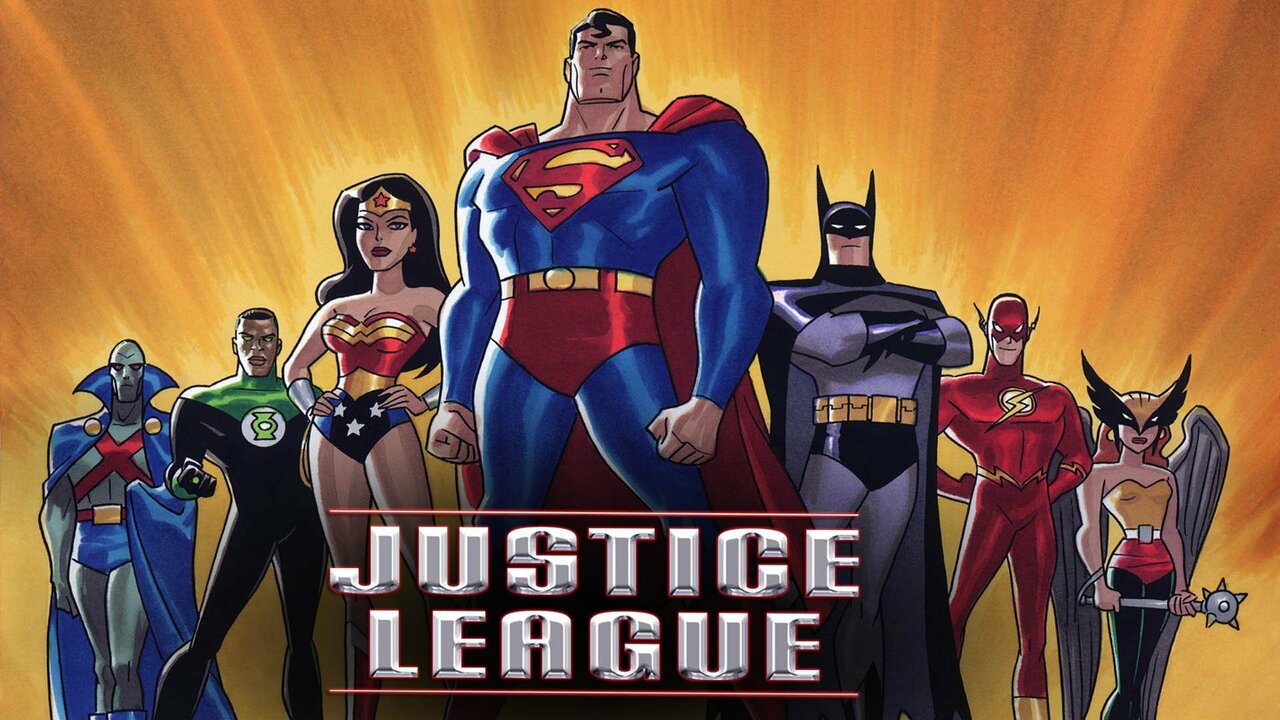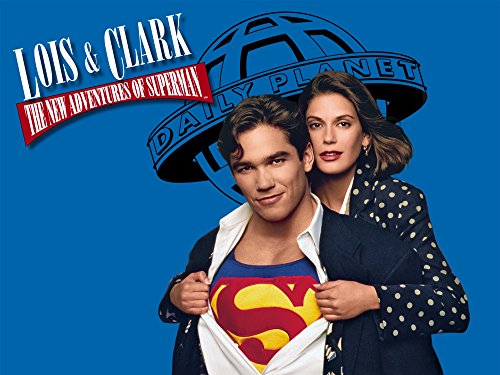Event Horizon (1997): Hell is Just a Word.

In 1997, director Paul W. S. Anderson, then best known for the kinetic video game adaptation Mortal Kombat, delivered a starkly different film: the cosmic sci-fi horror spectacle, Event Horizon. Combining state-of-the-art visual effects with claustrophobic terror and a chilling streak of gothic dread, the movie was a deliberate, brutal attempt to drag the “haunted house” trope into the darkest reaches of space.
Plot Overview
Set in the year 2047, the story follows the crew of the rescue vessel Lewis and Clark, led by the pragmatic Captain Miller (Laurence Fishburne). They are dispatched on a secret mission to the orbit of Neptune to investigate a distress signal from the Event Horizon—a starship that vanished seven years earlier while testing a revolutionary, faster-than-light (FTL) gravity drive.
Accompanying the crew is the drive’s creator, Dr. William Weir (Sam Neill). Upon boarding the derelict ship, they find no bodies, only terrifying residual recordings and evidence that the Event Horizon didn’t just travel to another part of the galaxy, but to a hellish dimension of pure chaos. As the ship’s insidious influence takes hold, the crew must battle not only for their lives but for their sanity.
Cast
Laurence Fishburne as Captain Miller, the commanding officer of the rescue vessel Lewis and Clark.
Sam Neill as Dr. William Weir, a scientist and designer of the Event Horizon, the experimental ship that vanished years before.
Kathleen Quinlan as Peters, the ship’s medical technician. She is compassionate and empathetic.
Joely Richardson as Lt. Starck the second-in-command on the Lewis and Clark.
Richard T. Jones as Cooper, the ship’s rescue technician, responsible for EVA (spacewalk) operations.
Jack Noseworthy as Justin (“Baby Bear”), the youngest member of the crew, serving as the ship’s engineer.
Jason Isaacs as D.J, the ship’s medical doctor. Calm, intelligent, and analytical.
Sean Pertwee as Smith, the pilot of the Lewis and Clark. Skilled and practical.

Style and Ambition
Event Horizon is distinguished by its blend of high-tech sci-fi and literal, demonic horror. While films like Alien (1979) kept their monsters biological, Event Horizon plunges into the psychological and the metaphysical, suggesting the ultimate terror is not a creature but a plane of existence. The ship itself, with its vaulted, metallic internal architecture, acts as a gothic cathedral of pain.
The film’s tone is relentlessly dark, claustrophobic, and violent. It leans into existential terror and body horror, a disturbing mix that earned the film its notoriety. Director Anderson was forced to heavily edit the initial, graphically violent cut—a decision that has fueled the movie’s legacy, as the notorious “gore cut” remains one of Hollywood’s most famously lost pieces of footage.
Reception
Upon its theatrical release, Event Horizon met with a poor critical response and struggled at the box office, grossing just over $26 million worldwide on a reported $60 million budget. Critics were largely put off by its excessive violence, derivative plot elements, and unrelenting bleakness.
However, its fortunes dramatically changed on home video. The film became a massive sleeper hit on VHS and DVD, finding a dedicated audience who appreciated its uncompromising vision and genuinely unsettling atmosphere.
Legacy
Despite its initial failure, Event Horizon has firmly established itself as one of the most significant cult films in the sci-fi horror canon. It is frequently cited as a major influence on subsequent “haunted house in space” media, most notably the highly successful Dead Space video game series, which borrows heavily from the film’s atmosphere and design elements.
The movie’s enduring legacy rests on its visual design, its terrifying concepts of cosmic evil, and the haunting, committed performance by Sam Neill as the possessed Dr. Weir. The continuous mystique around the lost, uncut version further fuels its status among horror aficionados.
Final Thoughts
Event Horizon is a potent, deeply flawed, and unforgettable piece of 90s horror cinema. While its pace and scripting sometimes falter, its commitment to exploring the concept of a starship literally bringing back Hell is what makes it endure. It stands as a chilling, visually arresting reminder that in the cold vacuum of space, sometimes the unknown is less terrifying than what we invite back.





